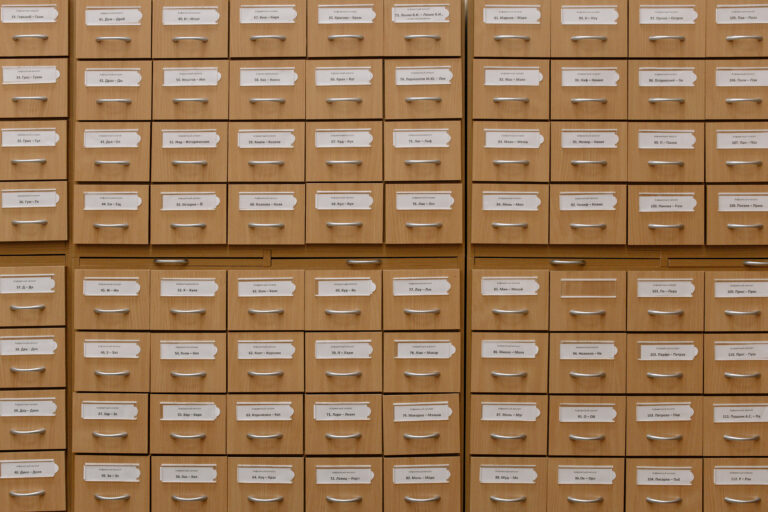qemu-kvm: file driver requires to be a regular file for ZFS volume
After one of the recent updates, a few KVM-based systems could not boot anymore. I am using ZFS for my emulated block devices, and I was happy with that until recently. Now – VMs won’t start, showing the error message in this post’s header. The source of the problem is rather nasty – qemu update…

